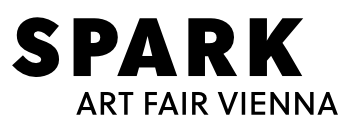SPARK CONVERSATIONS
Creation, Art and Music: In Conversation with Christian Hauer
By Mark Alexander Grübbeling
October 10, 2025
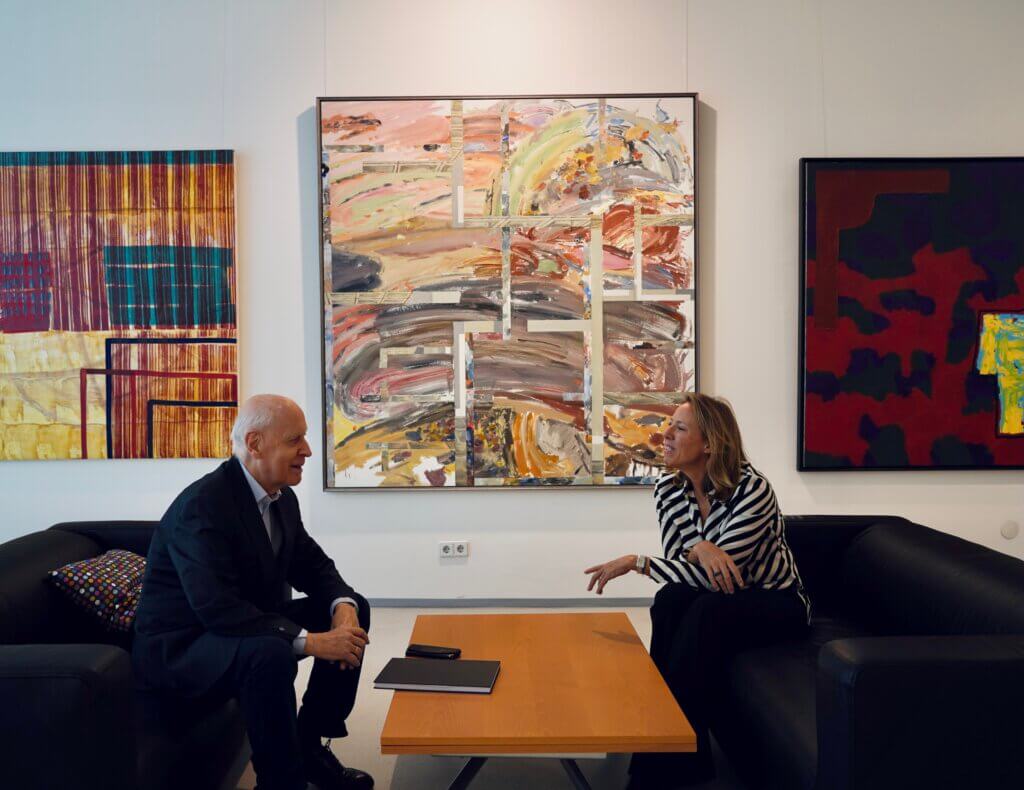
Vienna often holds surprises. At first glance, Christian Hauer’s world appears unassuming. Far away from the Ringstrasse, Christian Hauer welcomes us. He leads us down a narrow corridor to his collection. He turns left and opens a grey apartment door, and suddenly I hold my breath and see a collection that must undoubtedly have been created from a lifelong and extraordinary passion for art.
Christian Hauer is a retired lawyer, former partner at the Schönherr law firm and a member of the mumok board. We share two great passions: art and music. A conversation from Beethoven to Beuys.
SPARK: Dear Mr Hauer, how long have you been collecting and what sparked this passion?
Christian Hauer: I started buying individual works of art after graduating from secondary school in the early 1960s. The first were by Austrian sculptor and painter, Alfred Czerny (1934–2013), from whom I purchased more than 140 works over the course of 20 years, most of them on paper, but also some small sculptures. At first, I collected ‘sloppily,’ but from the mid-1970s onwards, I collected ‘commitmentally’, that is, with a clear plan.
SPARK: An artist friend once gifted me a quote from Rumi: ‘Let the beauty we love be what we do.’ You expressed a similar philosophy in our conversation. Can you explain it again? And what criteria do you follow when collecting?
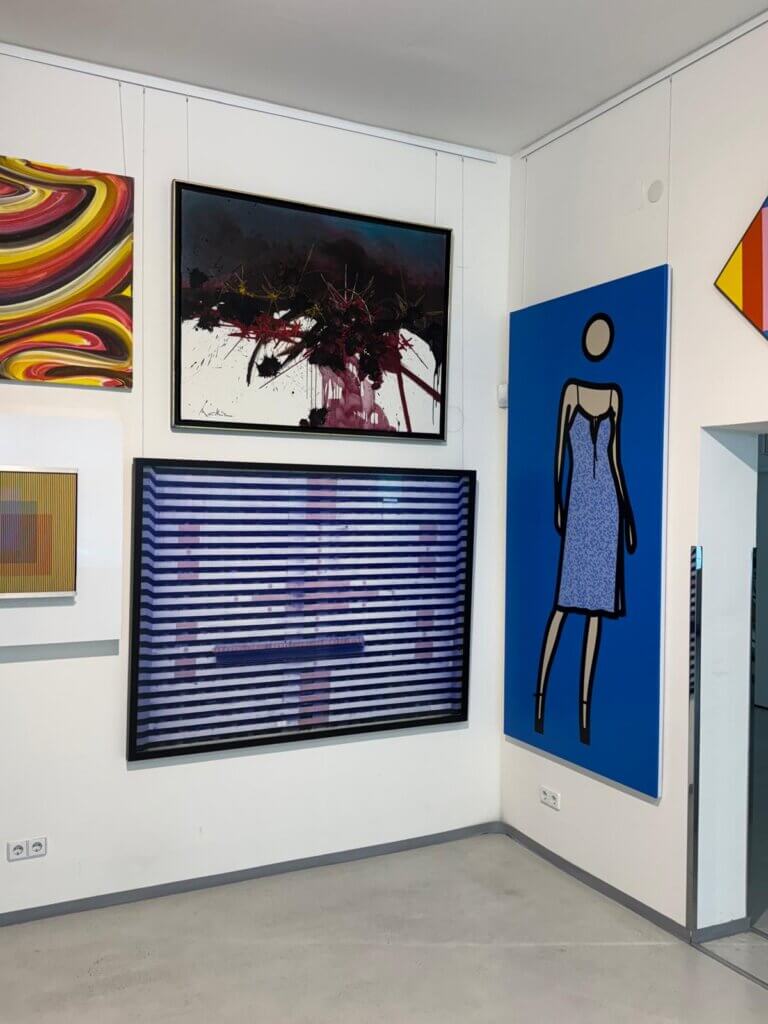
Christian Hauer: My collection consists mainly of international non-representational (‘abstract’) painting, with a few ‘compromises’ with representational painting. In painting, I look for beauty, harmony and composition. It is no coincidence that these are concepts that are also important in music. Strictly speaking, painting and music are about the same thing. In one case, we perceive art with our eyes and in the other with our ears, before the artwork reaches the same destination in both cases: the soul. Kandinsky put it this way: “Every art speaks. It does not speak with words. It does not speak to the mind. The language of art is addressed to the soul, which responds with its vibration.”
It was Kandinsky who wrote the manuscript of his famous treatise‘ Concerning the Spiritual in Art’ in 1910. You may guess what Kandinsky considered to be the spiritual in art: abstraction. For about 50 years, there has been nothing more beautiful, nothing more uplifting for me than to look at a perfectly painted picture, which is perfect because nothing can be taken away from it and nothing can be added to it.
SPARK: What is art?
Christian Hauer: There are thousands of definitions of ‘art’. The one I prefer is by Bishop Isidore of Seville (born around 560), author of an encyclopaedia of ancient knowledge available at the time: ‘Art is what an artist does’. What at first appears to be an evasive manoeuvre and a ‘shifting’ of the question from art to the artist is in fact essential, because it distinguishes between artists and the many who only pretend to be artists (think of the numerous charlatans).
So who is an ‘artist’? An artist is a creative person who must create a work of art as an act of self-discovery. They do not pursue a ‘profession’ and are not, for example, artists from 8am to 12pm and from 2pm to 6pm, but are artists all the time. Art and life are inseparably linked for them. Behind this is always the all-important endeavour of a creative person to find themselves. An artist once put it very aptly: one must try to reach a state in which the message one has to convey springs forth from within, like Athena supposedly sprang from the head of Zeus. Art is a path to knowledge. It always revolves around the same questions: why am I here, what am I doing here, where am I going?
Herbert von Karajan once said of the singer Mirella Freni: ‘Freni does not sing, it sings out of her. The painter does not paint, it paints out of him.’ This brings to mind Georges Mathieu, a master of Informel, gestural abstraction. He stands in front of the white canvas and has no reference points or rules (like a portrait painter). It requires extraordinary concentration. At first, there is deep despair, which turns into the highest euphoria when he has found the form – and thus himself.
Zoran Music said: “I paint for myself because I have to. It’s like breathing. If I were forbidden to paint, I would be left without air. These are – admittedly – statements made by painters, but they probably apply to all artists, including the brilliant creators of sculptures such as Giacometti, Brancusi and Barbara Hepworth.
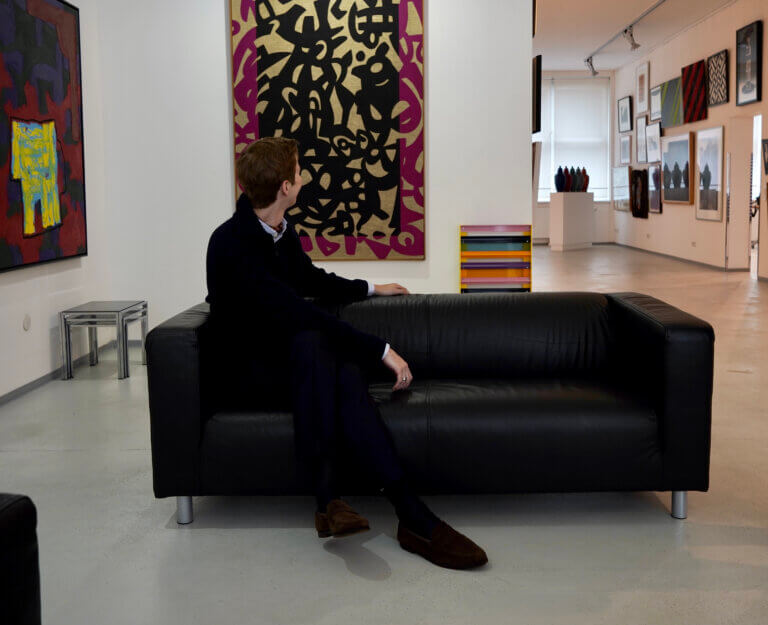
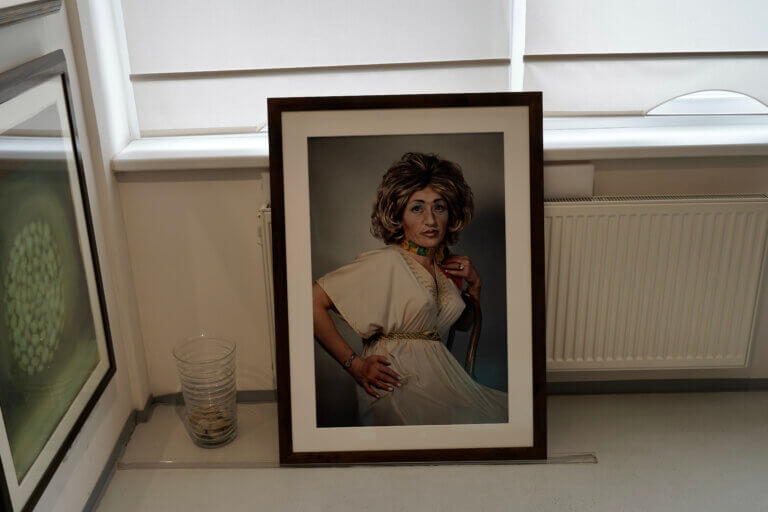
SPARK: The more art I see, the better I understand myself. Sometimes I see a work and think to myself, without having encountered it before, that’s me. I think this search and longing for the self is also something very human.
I will never be able to completely solve the mystery of myself, but I can find fragments of who I am and who I would like to be, and the spaces in between, in art. How do you see it?
Christian Hauer: Art cannot be ‘understood’. Art begins where understanding ends. It has happened that friends have visited my art space and mentioned that they listened to Beethoven’s 7th or 8th symphony the night before. They said it had been a magnificent, almost spiritual experience. And then these people stand in front of my abstract paintings and say: I don’t understand this. And they ‘understood’ Beethoven’s symphony? What a misguided notion! It is based on the fact that in our society, people don’t know what to make of images that don’t show anything that can be named. Even after more than 100 years, abstraction has still not been incorporated into our viewing habits; it has not become part of our visual culture. And at the same time, people believe they have ‘ understood’ Beethoven (or Bruckner or Mahler). Music is much more abstract than a painted picture! There is only a sheet of music from which everything emanates.
Of course, music is very important to me. As Schubert’s song An die Musik (text by Franz von Schober) says: You lovely art, in how many grey hours… have you set my heart ablaze with warm love, transported me to a better world!… You lovely art, I thank you for that! As I have already mentioned, painting and music are about the same thing.
When I think of my own ‘understanding’ of art, it always refers to my knowledge of the quality (see above: the ‘perfect’ picture) and value of art. It is essential that a work of art be the personal expression of its creator, who ideally reveals himself in the work of art. This corresponds to Section 1 of the Copyright Act: works of art are unique intellectual creations. It is always about the form and not the content. The how, not the what, is decisive in art.
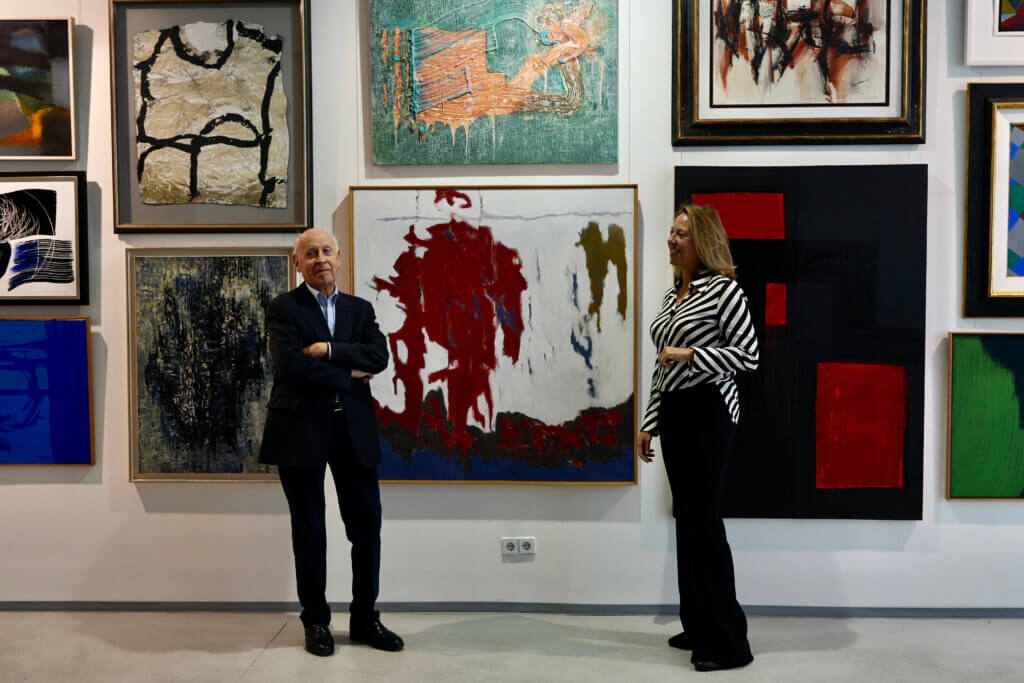
SPARK: I often wish I could get to know the creator of the works. Should one get to know artists, or does that sometimes destroy the magic of the fragment?
Christian Hauer: Should one get to know the creator of a work? It can sometimes be quite interesting to meet the artist behind the work. I don’t think it’s absolutely necessary, especially if viewers of a work hope to get an ‘explanation’ from the artist in order to ‘understand’ it better. I have a very clear opinion on this: every artist manifests themselves in their work. What they have to “say” is communicated in the artwork. It is impossible to ‘ understand’ a work of art anyway (see above). It is not the artist’s job to attach ‘instructions for use’ to their artwork. When artists talk too much about their work, it can be irritating and, incidentally, reminiscent of the theoretical “verbiage” of some ‘experts’. It is up to art to express itself in understandable, readable metaphors. Unfortunately, many commentators use incomprehensible language because the incomprehensible is considered ‘elitist’.
However, it may also be that the artist says nothing or too little about his work. Then he can easily (albeit unjustly) come under suspicion of lacking ‘significance’ or even intellectuality. It is legitimate for the artist to take the position that they have already said everything in their artwork and that no further commentary is necessary.
SPARK: How do you see the future of art?
Christian Hauer: The trends in contemporary art are worrying. What irritates me most is that traditional rules are being thrown out. Of course, as an art collector, I find the rejection of the image (the panel painting) particularly painful. Added to this is the rejection of aesthetics, of ‘beauty’. Today’s art must be ugly, as the curator of a Berlin Biennale has announced in a programmatic statement: ‘I will rid visitors of their pretentious tastes and teach them that art is what they would never consider art.’ Added to this is the cross-disciplinary aspect: art is increasingly becoming a mixture of politics, sociology, social criticism, natural sciences, reports on torture and femicide (etc.) and an omnipresent multimedia aspect. As early as the 1960s, Joseph Beuys proclaimed that you are all artists, everything you do is art. The expanded concept of art he developed continues to evolve today, transcending all existing boundaries. This trend is reflected in recent special issues of the art magazine KUNSTFORUM on the topics of ‘art that rejects art’ and ‘art – non-art – non-art art’.
Regardless of this, I continue to hold my ground and focus my interest on painting, especially that of the 1950s and 1960s, as well as new abstract positions, so-called painting after the end of painting.
SPARK: Is there an artist you particularly admire?
Christian Hauer: In the field of non-representational painting, I admire (without claiming to be exhaustive) Mark Rothko, Richard Diebenkorn, Joan Mitchell, Elena Vieira da Silva, Pierre Soulages, Jean-Paul Riopelle, Hans Hartung and Sean Scully. In the field of representational painting, of course Picasso and Matisse, as well as Pierre Bonnard, Edvard Munch, Nicolas de Stael and the extremely original Mark Tansey. In sculpture, besides Giacometti, Brancusi and Hepworth, there are two incredibly brilliant masterpieces of marble art: Michelangelo’s Pietà in St. Peter’s Basilica in Rome and Giuseppe Sanmartino’s Cristo velato in Naples. A graphic work that, due to the technique used, virtually transcends the human imagination is the copperplate engraving The Veil of Veronica by Claude Mellan (1649).
SPARK: We have just been talking about artists as the creators of art. As the creators of the culture that accompanies us all. Let us finally talk about ourselves, as humanity. Perhaps we will only meet our creator again in heaven, together with Rothko, Mitchell and Picasso. But perhaps there is nothing there and our existence is pure coincidence, just a small wrinkle in time in a seemingly infinite universe. Ultimately, we are just dust and must return to dust. But perhaps there is more? Do you believe that there is a God?
Christian Hauer: I don’t know. This boils down to the question of whether humans owe their existence to a series of chaotic coincidences or to the work of a creator god. Are, for example, the approximately 270 bones of the human skeleton, which work together like a masterpiece of high technology, and are the 75 trillion human cells of the human body, which belong to different cell types and each perform different (vital) functions, a product of chance? The Austrian physicist Walter Thirring said on this subject: ‘That would require a multitude of coincidences.’ Can life be explained strictly through the physical sciences – or is there something else? Since our topic is art, Nikolaus Harnoncourt said: ‘Art is the umbilical cord that connects us to the divine.’ I once expressed the view at an evening gathering that I know nothing, but tend to believe that there is a creator God. Christian Thielemann, who was present that evening, said to me as we were saying goodbye: ‘You are absolutely right. Bruckner’s 9th would be unthinkable without a creator God.’
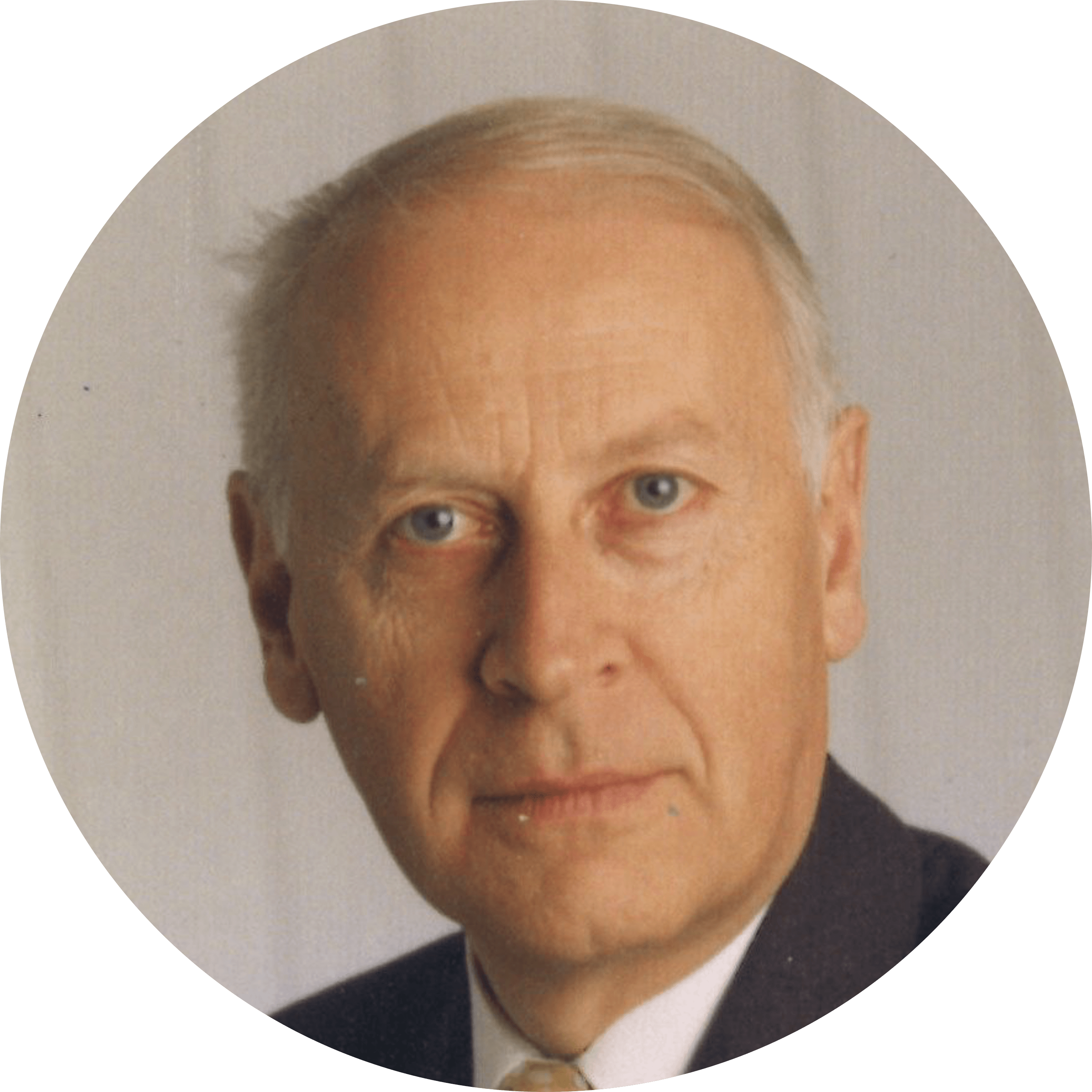
Christian Hauer
Retired lawyer, former partner at the Schönherr law firm and board member of mumok
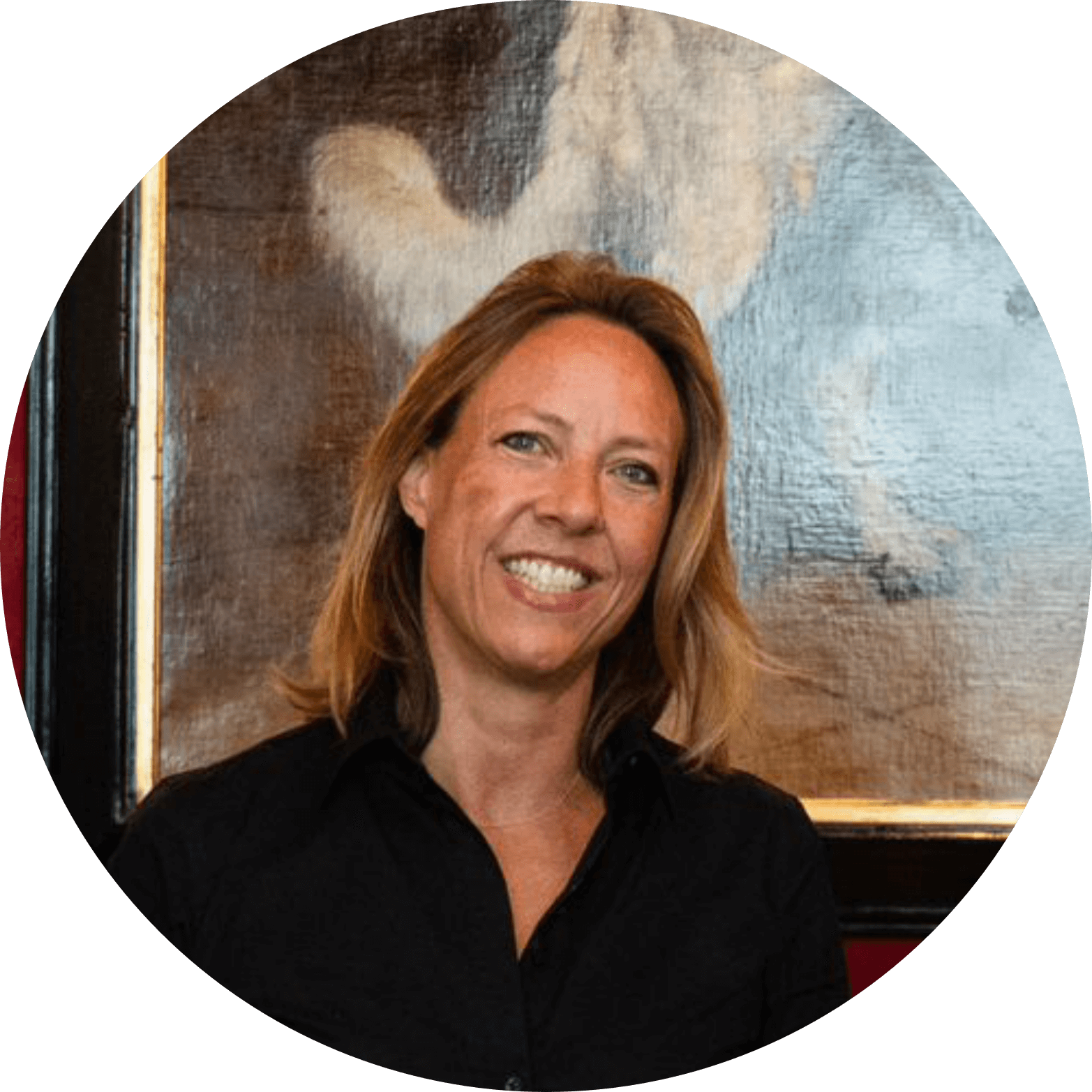
Dania Kwizda-Dejanoff
International Relations SPARK Art Fair Vienna
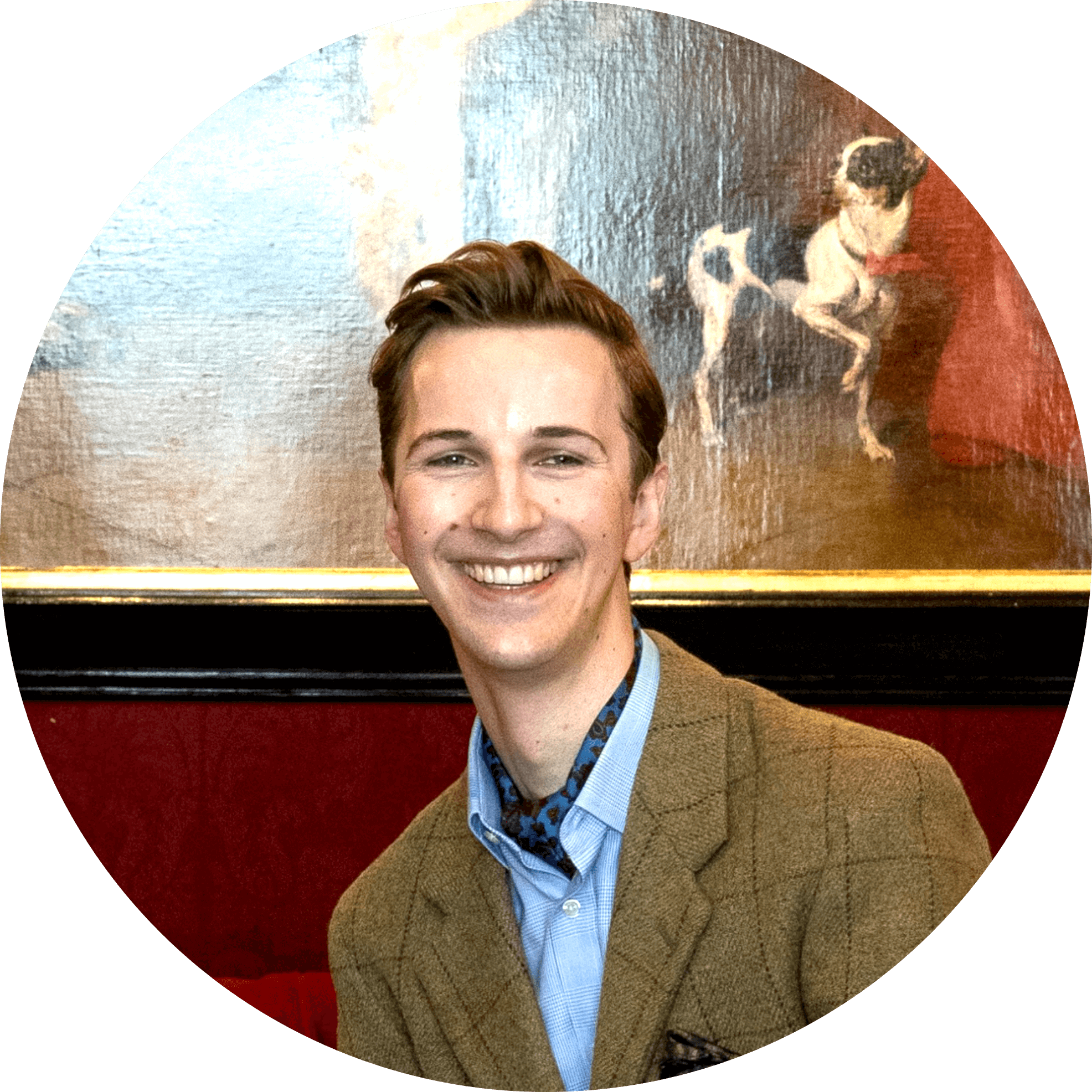
Mark Alexander Grübbeling
Communcation & Social Media SPARK Art Fair Vienna
